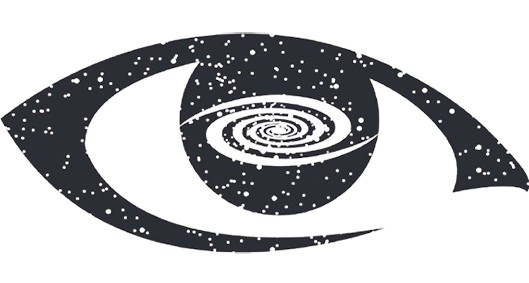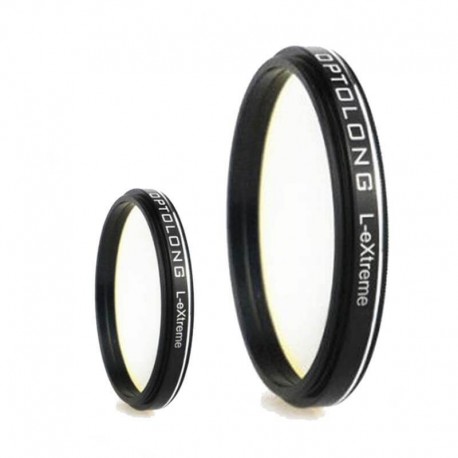No products
Prices are tax included
OPTOLONG L-EXTREME 2" MOUNTED – 7NM DUAL-BAND HA OIII FILTER
Optolong L-eXtreme Filter 2
New product
OPTOLONG L-EXTREME 2" MOUNTED – 7NM DUAL-BAND HA OIII FILTER
Mounted 2" narrowband filter designed for color and mono cameras. Isolates Ha and OIII lines for high-contrast deep-sky imaging under light-polluted skies.
1 Item
Available.
More info
OPTOLONG L-EXTREME 2" MOUNTED – 7NM DUAL-BAND HA OIII FILTER
DESCRIPTION
The Optolong L-eXtreme 2" mounted filter is a precision dual-band narrowband filter with 7 nm passbands centered on the H-alpha and OIII emission lines. Unlike the L-eNhance filter that transmits H-beta as well, the L-eXtreme blocks the spectrum between Ha and OIII entirely, minimizing skyglow and maximizing signal-to-noise. This 2-inch threaded version (M48) fits most standard filter wheels and drawers. It is ideal for DSLR, CMOS, and CCD cameras—both color and monochrome—and works especially well with fast optical systems. Built from B270 optical glass, it provides over 90% peak transmission, >99% out-of-band blocking from 300–1000 nm, and a dark sky background even under moonlight or heavy light pollution. With λ/4 wavefront quality and a 60/40 surface finish, it delivers crisp, detailed images of emission nebulae in Ha and OIII. An essential filter for urban astrophotographers seeking to capture rich nebular detail with minimal interference.
TECHNICAL SPECIFICATIONS
Type: Dual-band interference filter
Format: 2" mounted (M48x0.75 thread)
Passbands: H-alpha (656 nm) and OIII (500.7 nm)
Bandwidth: 7 nm (each line)
Compatibility: DSLR, CMOS, CCD (color or mono)
Substrate: B270 optical glass
Thickness: 1.85 mm
Peak transmission (Tpeak): >90%
Blocking range: 300–1000 nm
Blocking depth: >99% (light pollution lines)
Surface quality: 60/40
Transmitted wavefront: λ/4 RMS
Parallelism: 30 arcseconds





